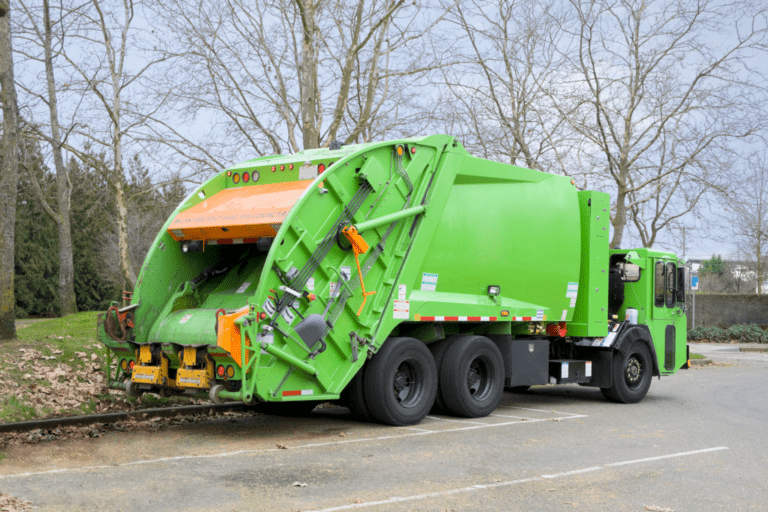The value of preventative healthcare over treatment has been a critical discussion in the medical community for a long time. Both prevention and treatment are completely necessary. But, as the old saying goes, an ounce of prevention is worth a pound of cure. Healthy habits will always be cheaper than simply waiting until illness strikes. Why opt for a double bypass if a change in diet and exercise is an option?
The same thing is true of caring for your fleet.
If you want to cut down on unplanned, reactive maintenance, scheduled maintenance is part of an essential preventative maintenance strategy. It keeps equipment healthy longer and ends up costing the company far less.
Scheduled maintenance is the act of identifying who will complete maintenance tasks, when they will do it, and on what asset they do it on. These might be one-time tasks or could be recurring, and they include things like inspections, regular service, adjustments, replacements, and planned shutdowns.

When a fleet can create a working system for preventative maintenance, they will:
1. Increase equipment lifespan
Every piece of equipment has a lifespan, which gets factored into your budget. No business can flourish if it consistently replaces equipment before its time. Scheduled maintenance ensures that you get the most value out of your equipment and vehicles—often extending that lifespan beyond projections. If you really want to increase your MTBF (Mean Time Between Failure), you’ll take care of problems before they arise.
2. Lower costs over time
Staying on top of scheduled maintenance can seem expensive, but it’s nowhere near the expense of replacing or repairing parts. Something as simple as a regular oil change can save you thousands of dollars. The whole goal of preventative maintenance is to keep components in good health and take care of minor problems before they escalate into catastrophic failures.
3. Decrease unplanned downtime
The benefits of scheduled maintenance are far more comprehensive than simply keeping individual vehicles running. Breakdowns lead to unplanned downtime, which means:
- Pushing off or missing deadlines
- Renting or re-routing vehicles to carry out critical tasks
- Additional wear and tear on other equipment
- Paying drivers and operators for unplanned time off
- Productivity loss
By choosing how, if, and when equipment or vehicles will be out of commission, you get to plan how to compensate. It doesn’t have to be an emergency that throws everything into chaos.
4. Reduce accidents and mishaps
Scheduled maintenance lowers the rates of accidents and injuries. Everything from functional lights to working windshield wipers impact your fleet safety. And these accidents don’t have to lead to permanent injury to be costly. The lawsuits that arise from even minor collisions and accidents can lead to multi-million dollar settlements or decisions.
5. Cut down on emergency work orders
Keeping up with scheduled maintenance is a big enough task. Once you start throwing emergency maintenance into the mix, productivity and morale take a nosedive. Reactive maintenance means that you have to drop everything and triage the vehicle in your shop or pay exorbitantly to get outside vendors to fix your equipment failures quickly.
Get a preventative maintenance program that works
You probably understand the benefits of preventative maintenance; most fleet managers do. But this issue gets so much attention because it’s a struggle for even the most adept fleet managers. It requires a lot of attention and documentation to stay on top of it. And it only takes a couple of emergencies to take your eye off the ball and to start missing maintenance deadlines. Once that happens, you end up running from one reactive maintenance issue to another.
Whip Around is a fleet maintenance software that supports you. It automates the service schedule, taking the need for constant vigilance out of the equation. Simply schedule services to happen at the interval of your choosing.
Want to bring a vehicle in for a service after it’s been driven a specific distance, after it’s run for a certain number of hours, or on a specific time schedule? You make that choice for each piece of equipment and then wait for Whip Around to remind you—or send out a reminder to the person responsible for that maintenance.
And you don’t have to pull files or consult a spreadsheet to see when a previous service was done. That information is available at your fingertips for each member of your fleet, so you’ll never have to wonder when the last time a battery was replaced or the coolant was flushed.
Digital inspections allow drivers to work from a mobile app, giving them adequate room to document problems or even upload images from their smartphones. And fleet managers are notified the minute a fault is recorded, so they can get a work order sent to in-house mechanics or outside vendors to get it taken care of quickly.
Preventative maintenance is a legal requirement for fleets, but doing the bare minimum to stay DOT-compliant isn’t enough. You want to keep your vehicles and equipment healthy and your drivers safe, protecting your assets and, ultimately, your bottom line.
Book a demo or contact us today to discover how Whip Around can help keep your fleet on the road.









